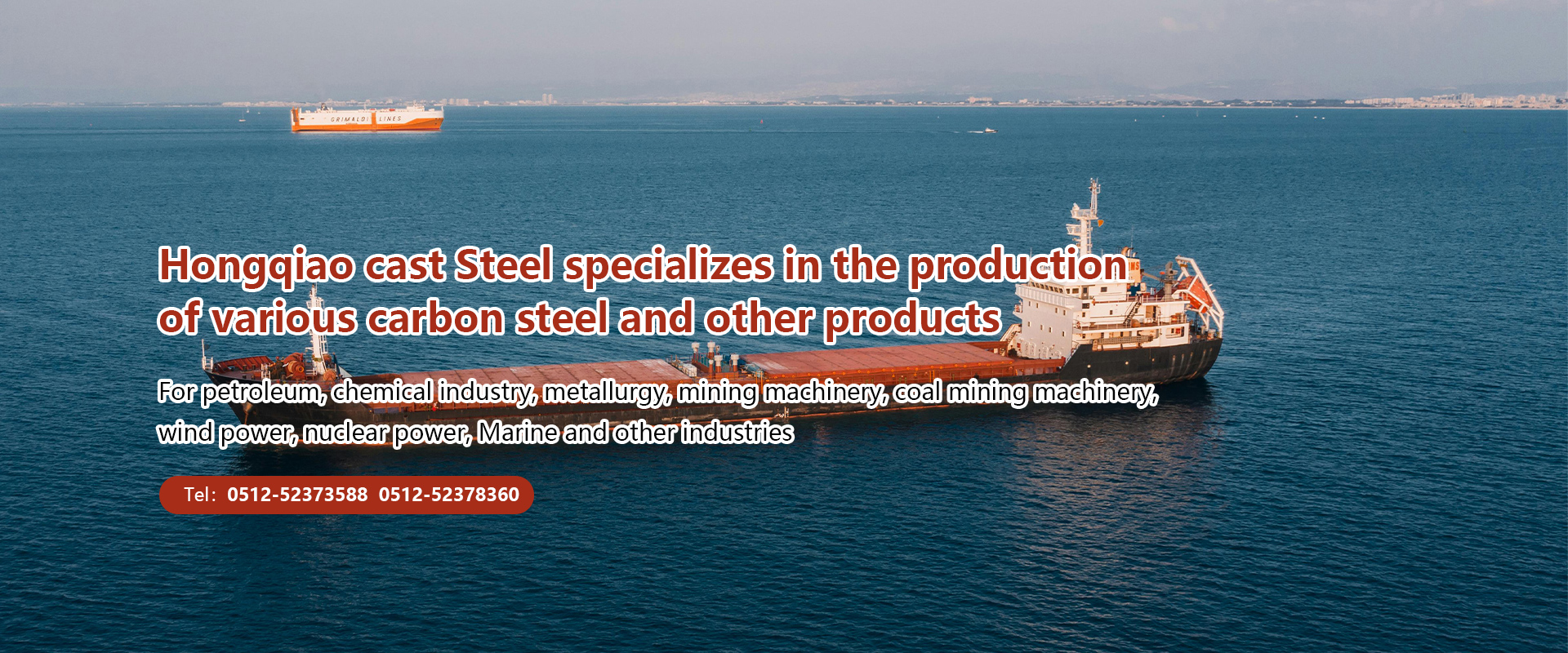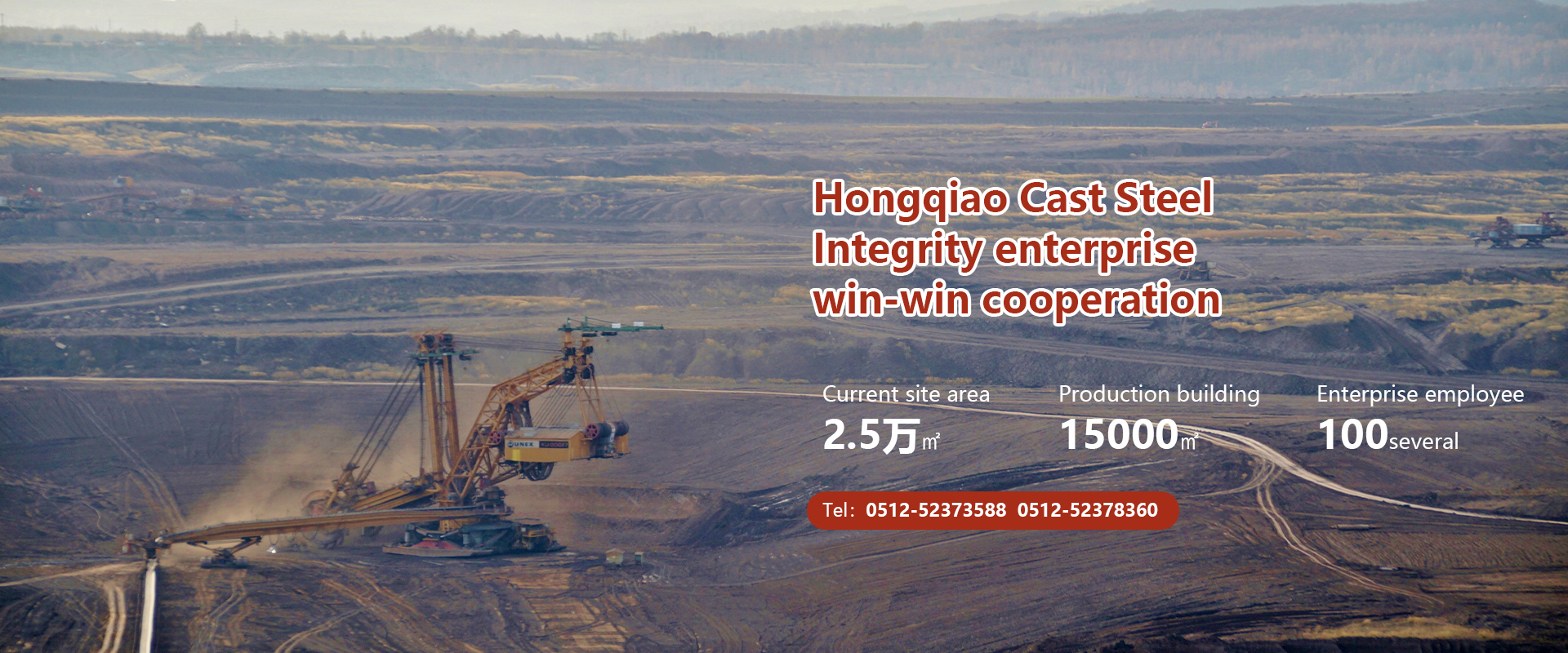ABS ocean engineering services: Internal cooling iron can effectively improve the process yield of castings and reduce the production cost of castings. Its purpose and setting are:
1. The function of internal cooling iron.
1) Internal cooling iron can prevent defects such as sand expansion, shrinkage, and sticking of thick and large parts, refine grain size, and reduce casting stress.
2) Internal cooling iron can reduce the number of risers, decrease the amount of molten steel poured, improve the quality of castings, and reduce costs.
3) The use of internal cooling iron can also prevent coarse grain size and reduce casting stress in thick castings, and prevent cracking in castings.
2. Quantity of internal cooling iron
If too much internal cooling iron is placed, causing the internal cooling iron to not melt completely, it will result in the failure of non-destructive testing or pressure testing; But if the internal cooling iron is placed too little, it cannot fully utilize its function. Should be used reasonably.
3. Requirements for internal cooling iron
1) For carbon steel parts, the carbon content of the internal cooling iron should be less than or similar to the carbon content of the casting; For alloy steel castings, the internal cooling iron should be of the same material.
2) Internal cooling iron must undergo rust prevention and slag removal. If there is rust or welding slag on the surface of the internal cooling iron, it will affect the fusion between the internal cooling iron and the molten steel, contaminate the casting, and produce slag holes, pores, slag inclusions, etc.
3) The internal cooling iron should be set with reasonable cooling iron feet and distance from the mold wall to avoid poor fusion caused by being too close to the mold wall.
4. Setting precautions
1) Castings that require flaw detection and pressure testing should minimize the use of internal cooling iron to prevent poor fusion between the internal cooling iron and the casting, which may result in unsatisfactory flaw detection and pressure testing.
2) The placement of the internal cooling iron will affect the floating sand ability of the steel liquid, and the sand will not be easily removed after placing the internal cooling iron. Therefore, be sure to remove the sand before placing the internal cooling iron.
3) When the thick and large area is not the entire casting but a local area, the number of internal cooling iron, riser size, and steel replenishment time should be calculated based on this local unit.
4) After placing the inner chill in the mold, it is best to pour it within 3-4 hours to prevent moisture from accumulating on the chill and causing porosity in the casting.
5) If there is no riser above the casting mold where the internal cold iron is placed, air holes should be opened. If there is a dark riser above the cold iron, the diameter of the air outlet on the riser should be increased.
6) The mold of the internal cooling iron is fixed with core supports to prevent the internal cooling iron from moving too close to the sand mold and not completely melting.
Changshu Hongqiao Cast Steel Co., Ltd. mainly produces various specifications of carbon steel, high, medium and low alloy steel, stainless steel, heat-resistant steel, high manganese steel, and high chromium cast iron. We provide high-quality cast steel parts for industries such as petroleum, chemical, metallurgical, mining machinery, coal mining machinery, wind power, nuclear power, and marine. We also offer customized marine cast steel parts, ABS marine engineering services, and cast steel for export overseas.





